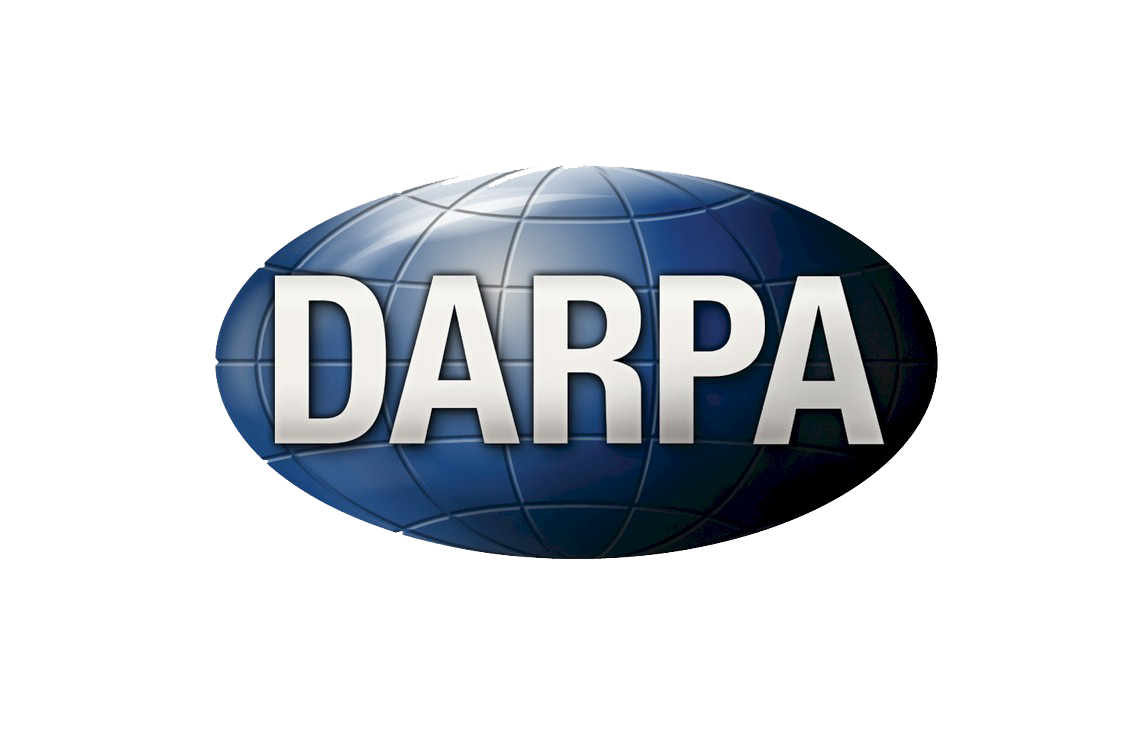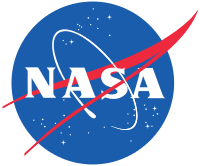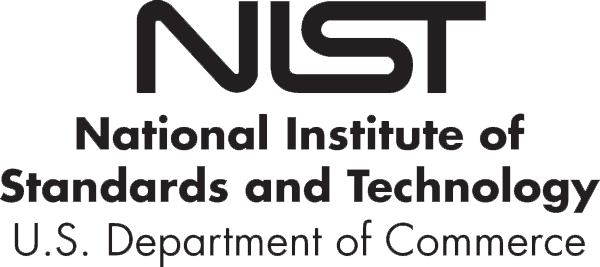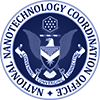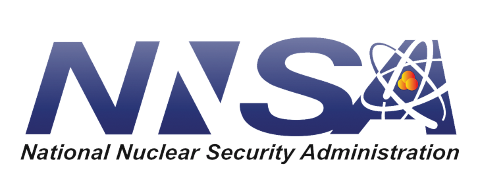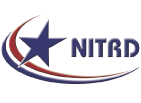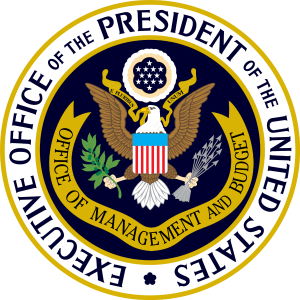Equip the Next-Generation Materials Workforce
Goal 4: Equip the Next-Generation Materials Workforce
- Pursue New Curriculum Development and Implementation
- Provide Opportunities for Integrated Research Experiences
For the Nation and materials research community to take full advantage of the MGI framework outlined in previous sections, the next-generation materials workforce must be trained in these new research methods. Students will need access to an education that enables them to work productively in teams whose expertise covers the broad materials spectrum from synthesis and characterization, to theory and modeling, to design and manufacture. In practical terms, students who will go on to become experts in materials synthesis, processing, or manufacture, for example, must have enough training to understand materials modeling and theory, while modelers and theorists must understand the vocabulary and challenges of those who make, characterize, and implement materials solutions. Accomplishing this goal will require continued updatesin the materials science and engineering curricula as well as in departments that contribute to educating the next-generation materials discovery, development, and deployment workforce. Just as many materials science and engineering departments have added computational materials science to their curriculum in recent years, formal instruction on data analytics, uncertainty quantification, and the integration of simulation, experiment, and theory will provide students with the foundation to successfully implement an MGI approach in their academic or industry careers.
The Federal government’s broader activities in science, technology, engineering, and mathematics (STEM) education are driven by the Federal Science, Technology, Engineering, and Mathematics (STEM) Education 5-year Strategic Plan, which identifies five priority areas for STEM education investment. Two of these priority areas, enhancing the STEM experiences of undergraduates and designing graduate education for tomorrow’s STEM workforce, are pivotal for achieving the goals of MGI and the Federal government’s specific activities will be designed to coordinate with the implementation strategies under development in these areas.


